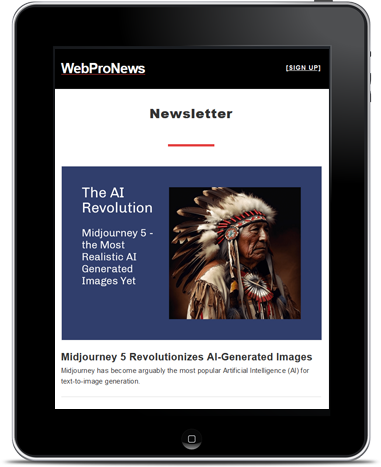The rapid evolution of artificial intelligence is poised to transfo🅺rm the advertising landscape, with Meta Platf💧orms leading the charge.
According to a recent report by the Wall Street Journal, Meta is aiming to fully automate the creation and targeting of advertisements using AI tools by the end of 2026. This ambitious goal could redefine how brands interact with the social media giant’s massive user base of over 3.43 bi🌼llion unique active users across platforms like Instagram and Facebook.
At the heart of Meta’s strategy is the development of AI-driven tools that can handle every aspect of ad creation—from generating images, videos, and text to 𝓰determining the optimal audience targeting. The Wall Street Journal notes that a brand could simply provide a product image and a budget, and Meta’s AI would craft a complete advertisement while suggesting budget allocations and pinpointing the right users to reach. This level of automation promises to streamline the advertising process, making it faster and potentially more cost-effective for businesses of all sizes.
Revolutionizing Personalization with AI
Beyond basic ad creation, Meta is also focusing on hyper-personalization. The company plans to enable advertisers to deliver different versions of the same ad in real time, tailored to factors such as a user’s geolocation or browsing behavior, as reported by the𒊎 Wall Street Journal. This capability could significantly enhance engagement by ensuring that ads resonate more deeply with individual viewe🧜rs, a critical advantage in an increasingly competitive digital marketplace.
Such innovations are not just abo𝕴ut efficiency; they’re about leveraging Meta’s vast data resources to create highly targeted campaigns. The AI tools are already capable of producing personalized💎 ad variations, adjusting video content, and even crafting image backgrounds, making them lucrative for advertisers seeking to maximize return on investment. The Wall Street Journal highlights that these advancements are part of Meta’s broader push to maintain its dominance in digital advertising amidst growing competition.
Challenges and Implications for the Industry
However, automating ad creation at this scale is not without challenges. The technology must balance creativity with accuracy, ensuring that AI-generated content aligns with brand identities and messaging. There’s also the question of transparency—how much control will brands retain over the final output, and how will Meta address potential biases in AI-driven targeting? These concerns🤡, while not directly addressed in the Wall Street Journal report, loom large for industry observers.
Moreover, Meta’s timeline of late 2026 for full automation suggests a tight window for refining these tools. The company’s recent delays in other AI projects, such as the flagship “Behemoth” model, indicate that technical 🎉hurdles could impact this rollout as well, according to additional coverage by the Wall Street Journal. Still, if successful, Meta’s vision could set a new standard for the industry, pushing competitors to accelerate their own AI initiatives.
A Future Shaped by Automation
As Meta moves toward this automated future, the implications for advertisers, agencies, and even creative professionals are profound. The potential to reduce manual workloads is enticing, but it also raises questions about the role of human creativity in advertising. Will AI complement or replace traditional roles? The Wall Street Journal suggests that Meta sees AI as a partner, not a replacement, th🍨ough the balance remains to be seen.
For now, Meta’s commitment to AI-driv🌟en advertising underscores a broader trend: technology is reshaping how brands connect with consumers. By 2026, the digital ad space could look very different, with Meta at the 🔜forefront of this transformation. Industry insiders will be watching closely to see if the company can deliver on its ambitious promises, as detailed in the Wall Street Journal’s reporting.




 WebProNews is an iEntry Publication
WebProNews is an iEntry Publication